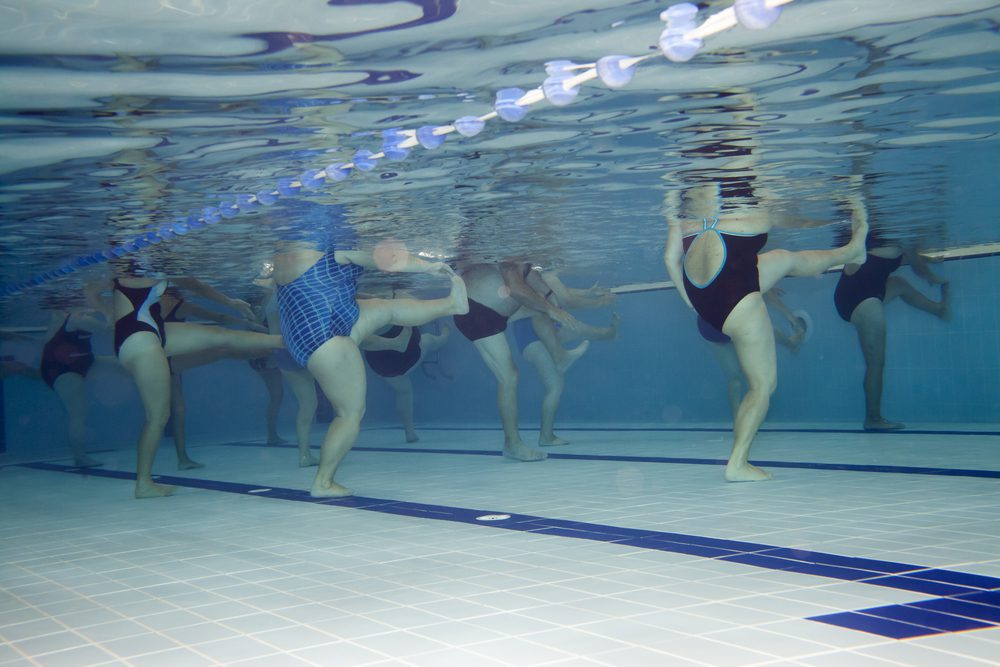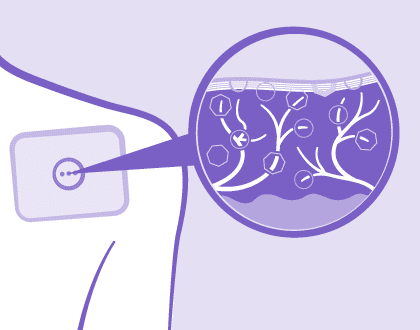
Knee surgery can really put your fitness goals on ice – sometimes literally. If you’ve undergone ACL surgery, the wait to get back on your feet can feel seriously frustrating. However, returning to your regular routine without proper preparation can be dangerous, which is why careful rehabilitation is so important.
Your doctor or physical therapist will almost certainly have given you careful instructions about aftercare. They’ll also have set you a range of exercises to do to help you get back on your feet as soon as possible. However, if you’re itching to get back to your physical peak, there are all sorts of ‘extras’ you might want to consider exploring.
We’re sharing some of the best leg exercises for before and after ACL surgery below. Feeling demotivated? Check out these general tips for returning to exercise after an injury.
Don’t forget – before you try any new techniques, make sure you discuss them with a health professional. It’s also very important to listen to your body. It can take time for your body to heal after surgery. No matter how eager you are to return to form, pushing too hard could keep you off your feet for even longer.
The Best Leg Exercises After ACL Surgery
Injuries to your ACL (or anterior cruciate ligament) can be particularly nasty. Not only are injuries to this ligament very painful, but returning to ‘peak condition’ after an ACL injury can take time. The ACL is responsible for giving your knee stability, and also controls the “back and forth” motion of your lower leg. With so much going on, it’s little wonder that returning to form can be a long journey.

After a month’s rest, your leg should be ready for some low intensity exercise. Once a health professional has given you the green light, you could start to try:
Abduction and adduction
If your gym has an abduction/adduction machine, this move could help strengthen your leg without putting undue pressure on your knee.
- Begin with abduction (pushing outwards) – set the machine with the pads 6 inches apart and place your legs inside them
- Push both legs outwards as far as you can for 10 reps
- Move on to adduction (pushing inwards) – set the pads as wide as you can, with your legs positioned on the outside.
- Bring your legs together and release for 10 reps
Low impact aerobics
Keeping your whole body as fit as possible will help support your ACL recovery. Moving blood around the body with some low-impact exercise may even help you recover faster. A study published in the Journal of the American Society of Nephrology suggests that cardiovascular exercise can boost your immune system and your body’s anti-inflammatory response. Options such as swimming, water aerobics, gentle walking and cycling will all keep you moving.
Not a fan of solitary exercise? Check out our top 5 low-impact sports that are great for easing back into exercise.

Higher intensity exercise
After approximately 6-8 weeks (or once your doctor or physical therapist has given the all clear), your ACL should be ready for more intense exercises. At this point you may want to consider gently working towards step-ups, squats and lateral lunges to boost your recovery. Take care not to push your body beyond its limits. Remember, you’re still healing!
Leg Straightening Exercises After ACL Surgery
According to a 2018 paper, working towards leg straightening is a very important part of your ACL recovery journey. At first, straightening your leg can feel like it’s a million miles away, thanks to all the swelling and pain from surgery. However, working towards fully straightening and extending your leg within three weeks of surgery may prevent scar tissue from building up in your knee. These leg strengthening exercises could help you work towards that goal:
Knee locking
Start slowly with a knee locking exercise in your first two weeks of recovery.
- Sit with your legs in front of you and pop a rolled up towel under the affected leg’s heel
- Squeeze your thigh muscle (quadriceps) and use that force to pull your knee down towards the ground and to make your leg a little straighter
- Hold the position for 10 seconds, then release
- Complete 20 reps, three times a day
Leg hanging
After approximately 2 weeks, begin leg hanging movements.
- Lie face down on a bed, with your knees just over the edge
- Pop a rolled up towel under your lower thigh (just above the knee)
- Hold your legs parallel to your body, and allow them to hang for 2 minutes
As your recovery progresses, you may want to add extra weight to help straighten your injured leg. You can add this by pressing down on your heel with your other foot.

Foot pulling
Once you’re getting close to straightening your leg and locking your knee, you might want to add this exercise to your regime.
- Start seated with your legs out in front of you
- Wrap a strap or towel around your foot
- Hold the strap in both hands and pull it towards you, pulling your toes back towards your face – this should also adjust the position of your knee
- Hold the position for 5 seconds (unless you experience pain), then relax
Use Recovery Aids
Once you’re off the hardcore pain medication, you may want to explore some other pain management options during your recovery. To Better Days active patches are a really useful rehab aid to get you back on your feet after surgery.
Our patches are packed with Vitamin D and dextrose, which are absorbed through the skin at the location of your pain. Known to improve the health of joints and muscles, a boost of these essential vitamins can help you rebuild to an active lifestyle.

Recently we spoke to Andrew, a Sergeant in the British Army, who was downgraded to Medically Limited Deployable and taken out of active service after a knee injury. Although he had access to excellent physio and rehab facilities within the army, he was frustrated that he was only making limited progress. He took part in a two-week trial using To Better Days patches and the results astounded him.
Get Back in the Game
The road to recovery after ACL surgery can be slow, painful and frustrating. It’s important to remember to be patient with your body, and to pay attention when it tells you that you’re “pushing too hard”. You will recover in time.
Have you undergone ACL or knee surgery? What helped you get back on your feet? Share your experiences and recommendations with others on the same recovery journey on our Facebook page, or share your story through our website.



